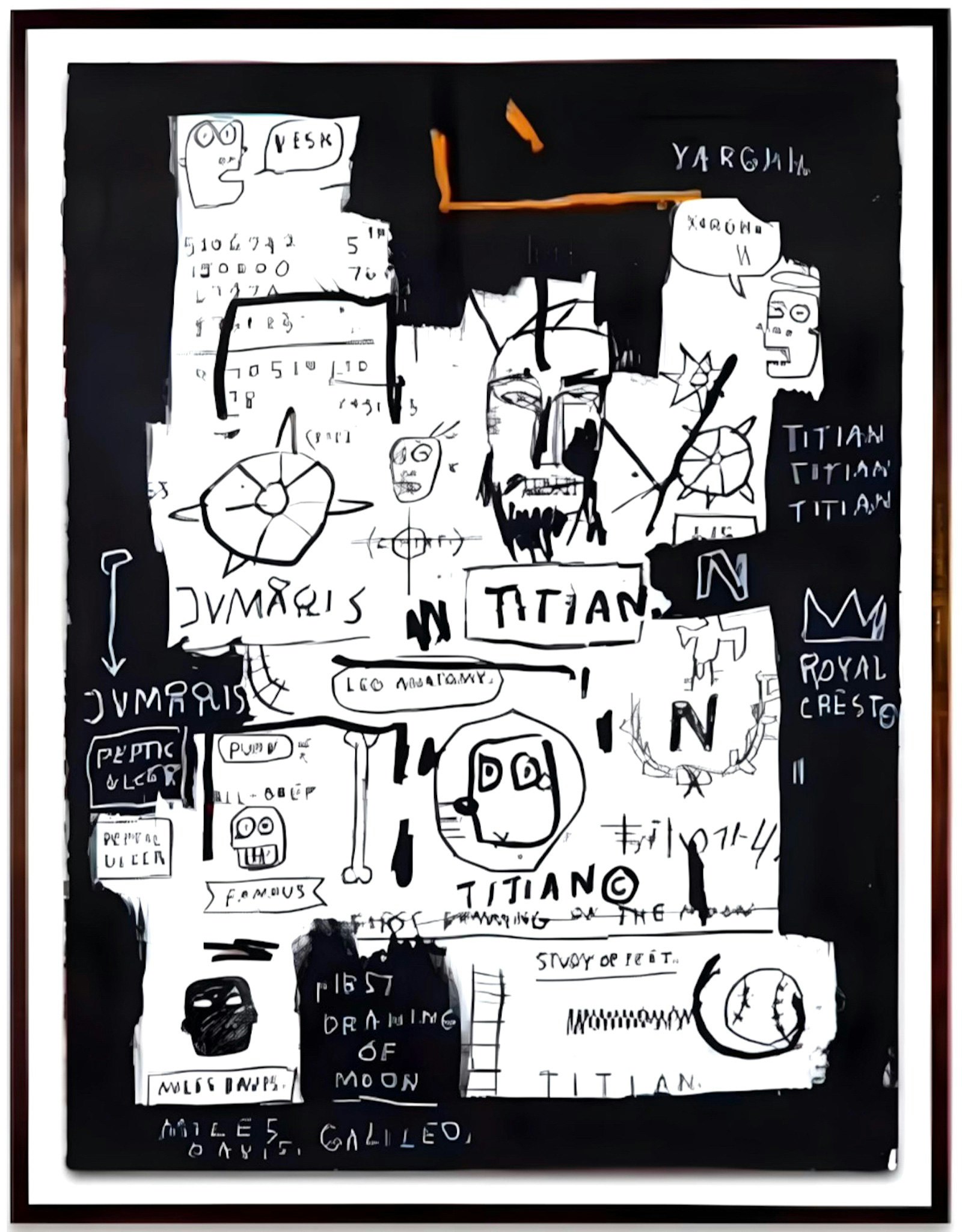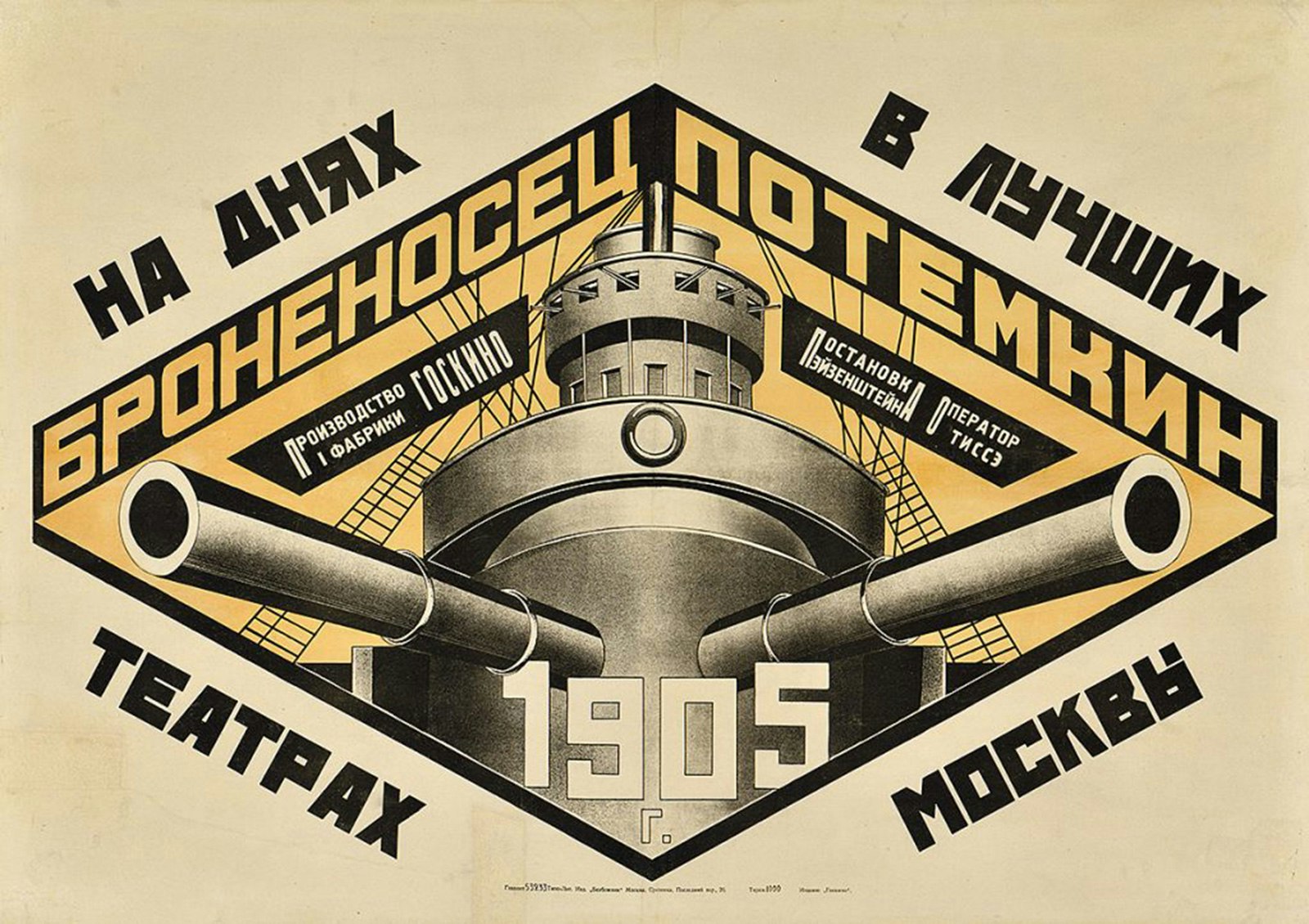Appraisal
Fine art appraisals that adhere to regulations are vital in the art market. Appraisal services offer insight into the art market—ensuring transparency, precision, and informed decision-making.
Ralph DeLuca’s mission is to guide his clients through every aspect of the complex art world, empowering them to build remarkable collections and make judicious investment decisions. He can assist with obtaining certified appraisals and current market valuations for your emerging, contemporary art, modern and vintage photography, outsider, and self-taught art.
DeLuca collaborates with a diverse network of accredited appraisers across various specialties, ensuring his clients receive precise valuations for artworks earmarked for insurance, sale, or donation. By sourcing independent appraisers, DeLuca guarantees impartiality for his clients, as these experts harbor no vested interest in the assessed property.

Untitled, 1985
As a discerning collector and advisor, Ralph DeLuca possesses extensive expertise across diverse art genres, historical periods, and emerging talents. Additionally, DeLuca offers assistance in obtaining appraisals for entertainment ephemera, including vintage movie posters, antique lobby cards, concert posters, and pop culture memorabilia. These items often lack the transparency of other art appraisals, which benefit from detailed auction records and pricing tools.
To bolster transparency efforts, DeLuca has curated an archive of resources on his website tailored for collectors of entertainment ephemera and memorabilia. This archive includes a showcase of his own purchases, complete with prices and dates, offering invaluable insights into the value of various items. By providing this detailed information, DeLuca seeks to helps demystify the world of entertainment ephemera and memorabilia, making it more accessible to enthusiasts of all levels. DeLuca also aims to foster a sense of community among fellow collectors, as they can learn from each other's experiences and discoveries. More information may be found below:

What are the disadvantages of selling through an auction house?
People who use auction houses or online auctions for selling their movie related items must typically wait 6 months or more to get an item into the sale cycle. They then, pay anywhere from 15% to 25%, plus photographic fees, plus listing fees and even fees if something doesn't sell!
How do I find out original movie poster values?
There are many sellers, possibly like yourself, who believe they have an original poster and want to sell it on eBay yet have no idea of its value or its authenticity; do not become a seller of a fake vintage poster. DeLuca can assist with provenance research and obtaining a precise appraisal, which is particularly helpful as movie poster values are very subjective.
Unfortunately there are no up-to-date printed price guidelines for movie posters—values are usually determined by a combination of factors. The most important factor is the title of the film. A second important factor is the poster's graphics. There are examples of a movie poster being valuable due to its stunning illustration/ graphics created by a well known first half of the twentieth century illustrator, rather than because of the film's title. The third important factor is the condition of the poster.
When determining values for your posters or prints one must take into consideration the size, age, and condition. Some posters from the 1950's are worth more then a poster from 1920 depending on the title.
Vintage movie posters and other memorabilia from the early 1910's through the 1950's usually command the highest prices, although some posters from the 1960's also can fetch good prices. However, the value of movie titles from the 1970s up to the present drop dramatically due to the increase in the print runs.
Why doesn’t Ralph DeLuca collect movie posters of films released after 1970?
Prior to 1970 a normal movie poster print run would range from 3,000 to 5,000 copies per poster. It's hard to believe, but from the early days through the 1960's most posters were simply thrown away after the run of the film. Starting in the 1970's through to the present day, the film poster print runs have ratcheted up to 15,000 to 30,000 for a poster title. Consequently, there are far more first release movie posters available, diluting their value. The 1970's mark the beginning when all types of poster collecting really took off. The trend continues through today.
What exactly is an original (authentic) movie poster?
Typically, this term refers to a poster that was produced by The National Screen Service (NSS) (which closed shop in 2000), one of the movie studios, or by a third company authorized by the movie studio. The posters are for promotional use and/or to display in the theatre when the film is originally released. While a lot of original movie posters will have a NSS number somewhere on the bottom, not all of them do. Also note that sometimes reprint posters include this information to make their reprint look more authentic.
